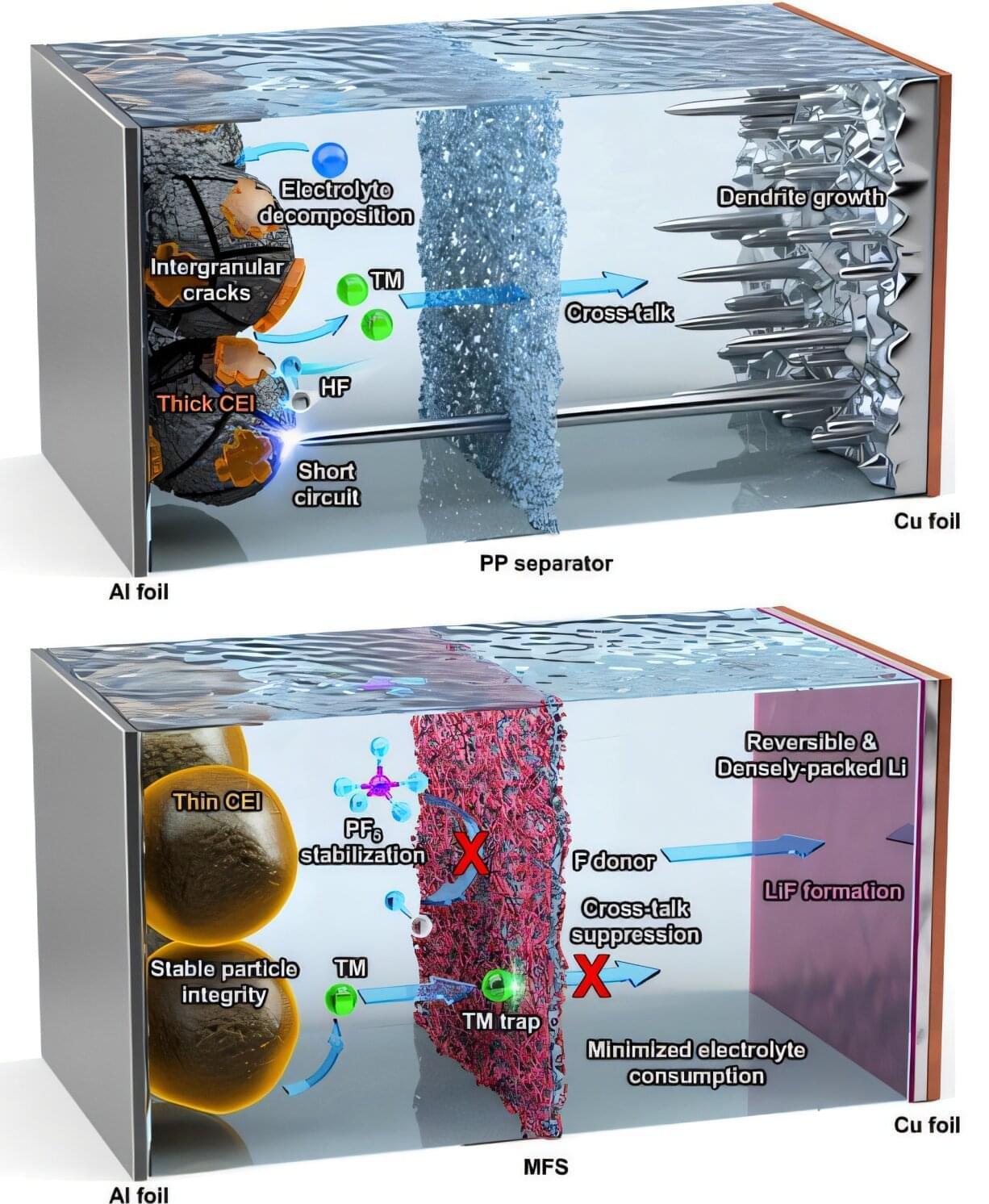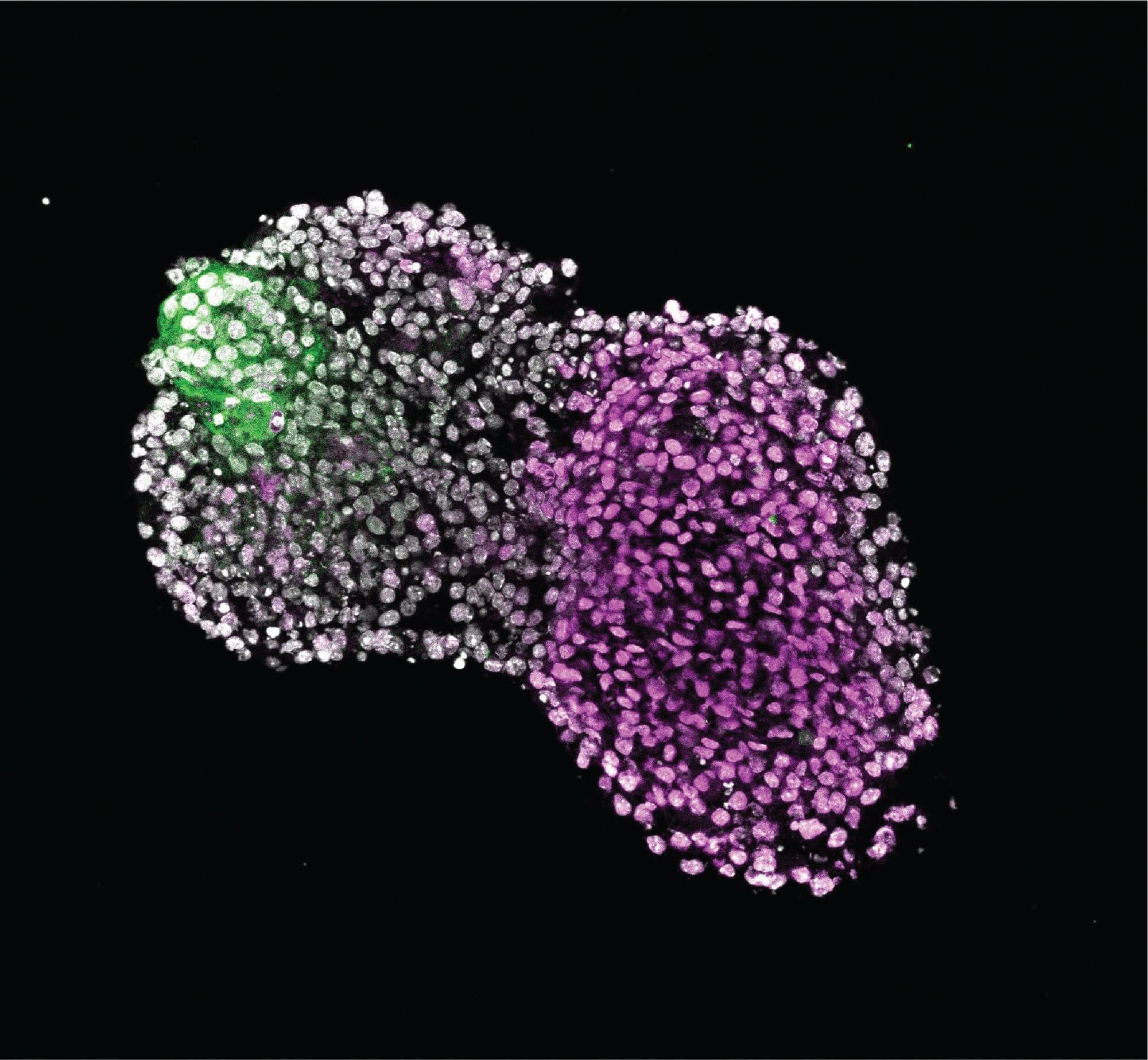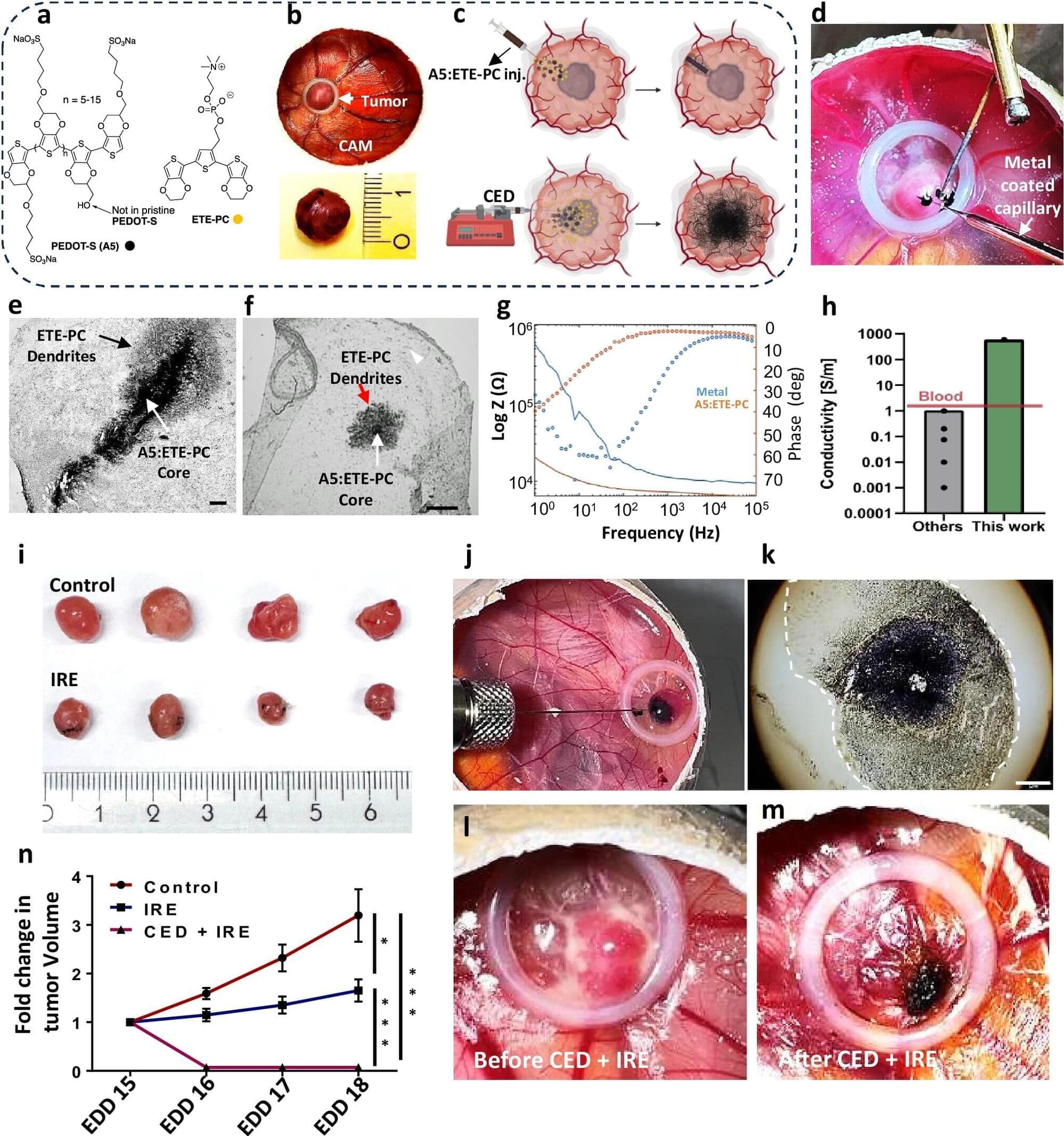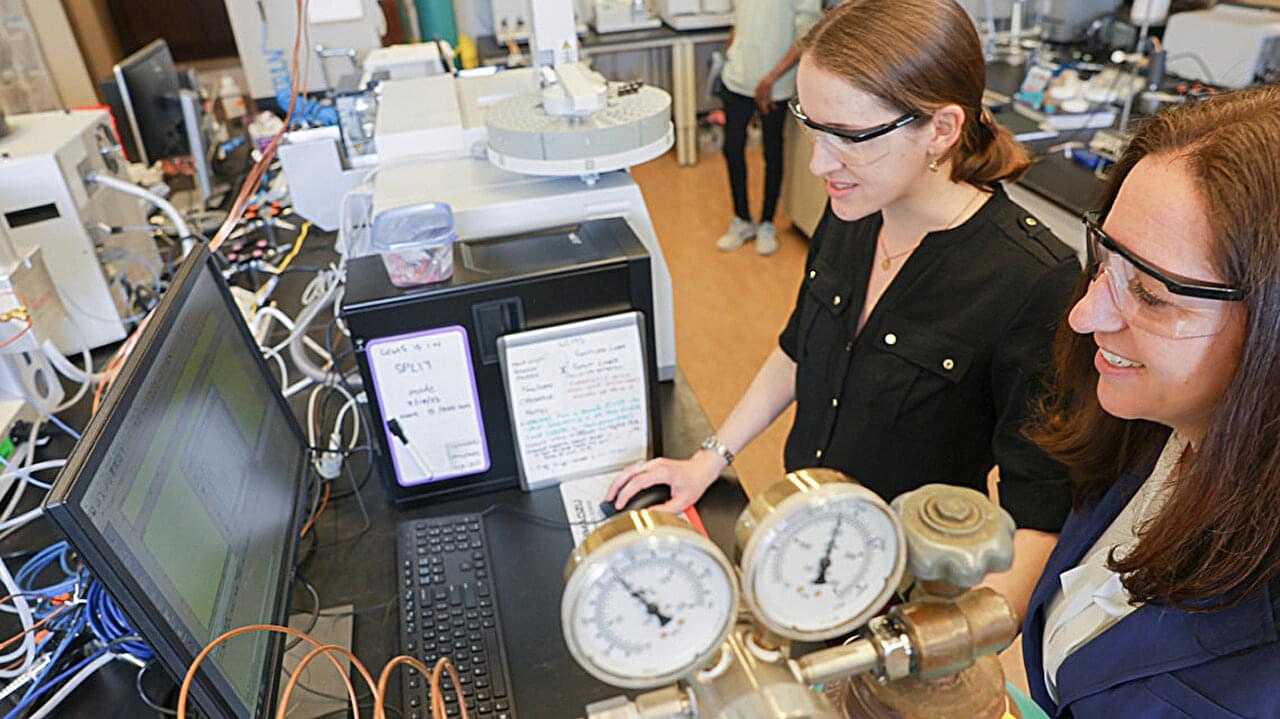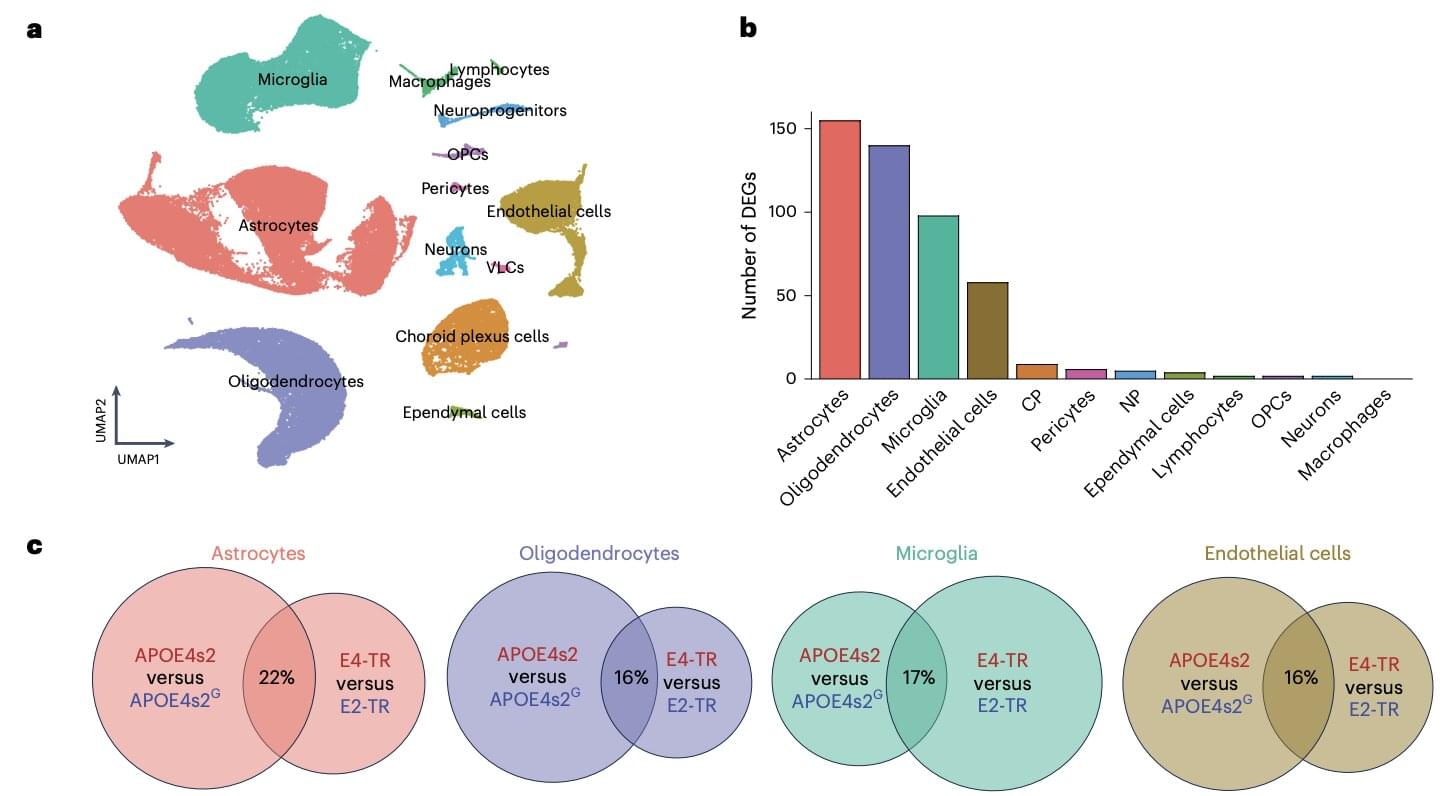As this month’s string of powerful X-class solar flares sparked brilliant auroras that lit up skies across an unusually wide swath of the globe—from northern Europe to Florida—researchers at NJIT’s Center for Solar-Terrestrial Research (CSTR) captured a less visible, but crucial, record of the storm’s impact on Earth’s upper atmosphere.
Recent measurements recorded by NJIT’s new network of radio telescopes show how a rare sequence of intense flares from Nov. 9–14, including an X5.1 event marking 2025’s strongest flare so far, jolted the ionosphere—the plasma-filled atmospheric layer essential for radio signals, GPS accuracy and satellite orbits.
The flares triggered R3 (strong) radio blackouts across Africa and Europe, with several coronal mass ejections (CMEs) fueling a major geomagnetic storm and aurora at unusually low latitudes.


